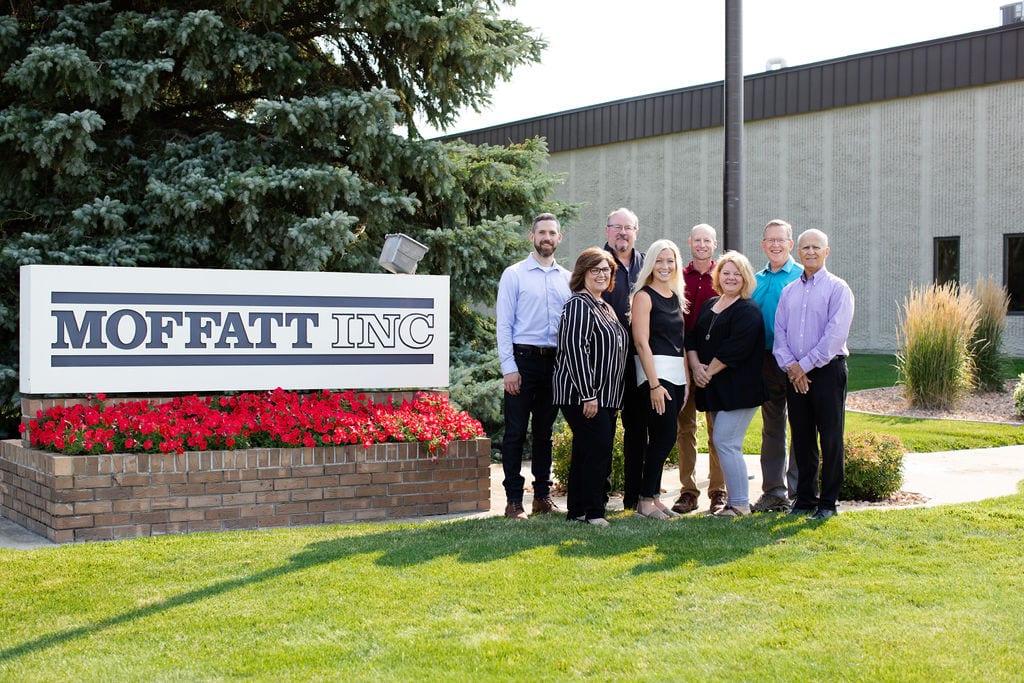What are our terms and conditions?

Share:
One piece of client feedback we always value is when we hear that we treat every company we work with the same – whether they’re large or small. We hear that a lot, and it makes us feel good every time. Good ideas can come from everywhere. Here’s the thing, at the same time it’s our ambition to grow as a company, with the companies we work with but also the scope of those projects. As projects get bigger, there are always potential risks that are involved.
We don’t throw a book of terms and conditions at our clients. It’s about having a dialogue.
There are a couple of reasons for this (and we aren’t saying that we aren’t potentially developing some initial terms and conditions – more on that later), but the big one: a lot of folks don’t read terms and conditions. When’s the last time you looked at one of Apple’s terms and conditions before using a new phone?
While it’s much more likely you’ll read terms and conditions from a prospective OEM – honestly, we hope you do! – that sentiment can still stand. In the past, we’ve used the discovery period and initial phone calls. A big reason for this is simply our history: We built Moffatt Products with handshakes – and we’re largely operating that way today.
We’re happy to work with your company’s terms and conditions
Just because we don’t have a codified list of terms and conditions, doesn’t mean that we don’t respect yours! Just the opposite, we work many clients in the industrial and medical fields that come to us with terms and conditions. Some of our customers have a supplier manual, which typically spells out their expectations for us as a potential supplier.
These are actually quite helpful to us, because they allow us to see more into your process – which ultimately helps us get things done. Typically that consists of learning about scope, quality, and purchasing. That can mean payment terms or even doing a financial audit of our company.
Like we said, we’re used to reviewing and agreeing to terms and conditions – and it does seem like we’re moving in that direction, so what do we want OUR terms and conditions to look like?
Terms and conditions are best as a way to start conversations, not stop them
A good terms and conditions package shouldn’t scare clients away, it should be seen as a way to start a conversation. Done the right way, they’re extremely helpful. In between the “legalese” of a document like that, you’ll typically find a ton of really insightful stuff: things like details and product specifications. We can take all that information and highlight or draw attention to specific parts of the terms and conditions that might be unique to this project. Maybe a helpful way to look at this is as a business blueprint. Here’s where we’re both starting, here’s what we need, and here’s how we build it together.
And while it can feel scary to read a thirty page document that you have to sign, it’s much better to find this out at the start of a project, rather than getting months into production and realizing that you weren’t told something up front.
Communication is key
No matter which side of the fence you fall on, the most important part of this is to keep communication open, your requests known, and to honor the other party. We can negotiate to manage a situation, but a business’s (and the people involved with it) character isn’t something that’s nearly as malleable.
Terms and conditions are most useful for us when they’re a written document of your business practices. When you’re up front with your expectations, we’re able to be more sophisticated in our approach. We’ve been doing this for a lot of years, and in that time, we’ve had the opportunity to learn. When we know what you need, we can bring that experience immediately to your project.
Whether we move towards having formalized terms and conditions or continue with our current model, know that Moffatt Products is built on quality, family, and respect. Have more questions about how we do things? Let’s talk!
